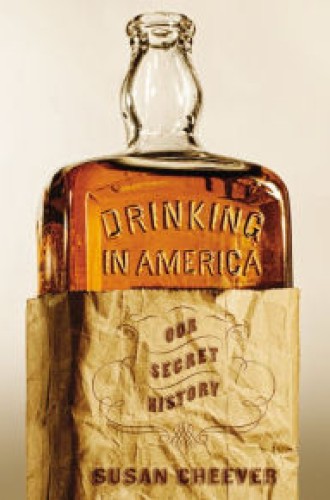The United States of intoxication
Today the United States is the fattest nation in the world. Two hundred years ago, we were arguably the drunkest.
So says Susan Cheever, though not entirely accurately: according to World Health Organization figures, 26 out of 188 nations are more obese than we are. We may not have been the drunkest nation either—Cheever sorely needs a fact-checker—but a lot of us were pretty darn soused. Those God-fearing founding fathers, it turns out, loved their tipple.
For starters, there was the 1620 voyage of the Mayflower, bound for northern Virginia. After a month’s delay in England followed by nine torturous weeks at sea, the Pilgrims had drifted off course and were running low on beer. Better to land immediately in Massachusetts and set up a brewery than to risk more storms and total depletion of the beer supply.





